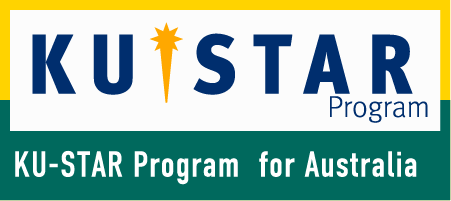Inspired by Research Internship: How KU-STAR Led Vivian to a Master’s Program at Kyoto University
India internship KU-STAR Kyoto University researchFor many students, an international research internship is just a summer experience. For Vivian Francis Joseph from IIT Guwahati, however, it was the definitive starting point of his academic future. After completing the KU-STAR Program 2024, Vivian made the successful leap to graduate student, enrolling in the Master’s program at the Graduate School of Biostudies at Kyoto University in October 2025. He joins at the Professor Yoshimura’ lab, where he did his research at the KU-STAR Program 2024. He is a recipient of the Kyoto University Graduate School Scholarship for Participants of the International Research Internship Program.
Part 1: Background and KU-STAR Program Experience
Q: What initially drew you to apply for the KU-STAR Program at Kyoto University?
Vivian: I visited Japan for the first time in September 2023 through the Sakura Science Exchange Program, organized by the Japan Science and Technology Agency (JST). I found out about the KU-STAR program through some Kyoto University representatives who had come for the university and career fair arranged by JST. I decided to apply as I was intrigued about the research culture in Japan, and wanted to learn more by experiencing it firsthand.
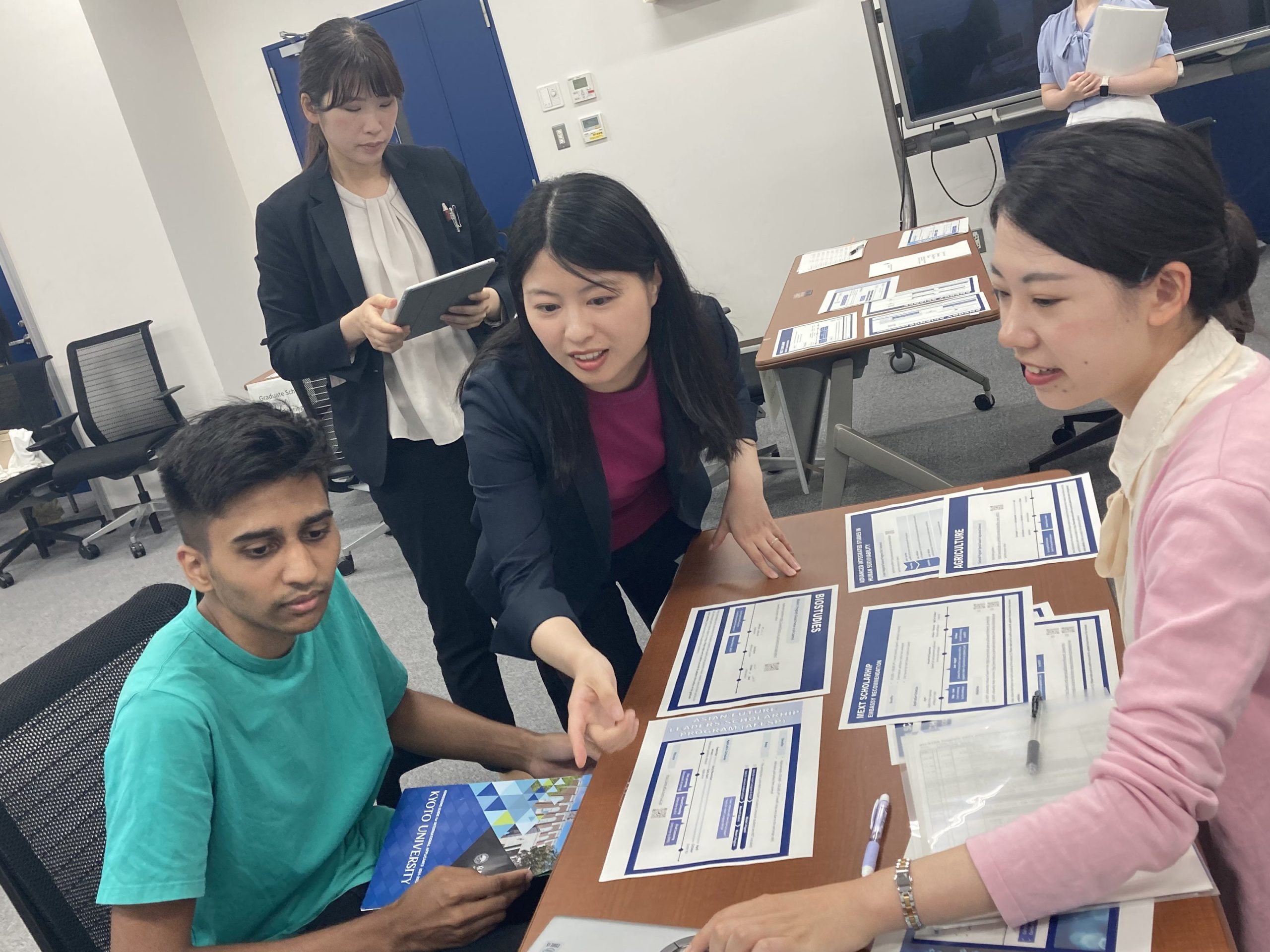
Q: What was your research focus and what key skills did you gain during your internship in Professor Yoshimura’s lab?
Vivian: My research was focused on anti-HIV-1 host factors. During my internship, I screened candidate proteins to see which one had the best potential to act as an anti-viral. I learnt mammalian cell culture and confocal microscopy through my work.

Q: What was the most memorable experience you had, both inside and outside the lab, during your time in Kyoto?
Vivian: The most memorable experience I had inside the lab was using the confocal microscope; I had never used one before. Outside the lab, I had a lot of fun visiting different places in and around Kyoto such as Kinkaku-ji, Fushimi Inari Taisha, Arashiyama Bamboo Forest, and Gion. I enjoyed trying different Japanese foods as well, such as ramen, sushi, miso soup, udon, and tempura.

Q: Comparing the Programs: How did your experience as a short-term KU-STAR scholar differ from your current life as a regular Master’s student?
Vivian: An internship is much more relaxed than a full-time master’s course. Nobody expects a lot of results from you during an internship, as it is just for 2 months. An internship is for learning new skills and refining them, whereas as soon as you enter a master’s course, you start to work towards the goal of writing and submitting your master’s thesis. Another difference is that now I have to attend classes; I have to factor this in while planning experiments as well.
Part 2: Decision to Pursue Graduate Studies
Q: How did your participation in the KU-STAR Program influence your decision to apply for the Master’s Program in the Graduate School of Biostudies?
Vivian: My participation in the KU-STAR program gave me an idea of what it is like to stay in Kyoto and work in a lab here. Kyoto is a wonderful city and staying here for 2 months made me realize that I want to come back here for my graduate studies. On top of that, I found the perfect lab to join. The research topic aligned perfectly with what I want to do in the future, the lab environment was conducive to fruitful discussions, and my supervisor, Prof. Yoshimura, was very supportive. All these factors combined led me to apply for the Master’s Program in the Graduate School of Biostudies.

Q: What specifically about Kyoto University’s research environment or academic culture convinced you to return here for your Master’s degree?
Vivian: In the Master’s Program at GSB, more importance is given to learning by conducting research, rather than sitting in a classroom for most of the day. The number of compulsory courses to be completed is very less. This was appealing to me as I wanted to focus more on research rather than attending classes.
Q: Financial Planning: Can you share any details about the scholarship or funding you secured for your Master’s studies?
Vivian: I am a recipient of the Kyoto University Graduate School Scholarship for Participants of the International Research Internship Program. I was eligible for this scholarship since I was a participant in the KU-STAR Program. Admission and tuition fees are covered by the scholarship, and I receive a monthly stipend of 150,000 JPY.
Q: Could you briefly describe the application process for the Master’s program from the perspective of an international student? Were there any unique challenges?
Vivian: The application process varies according to the graduate school. For GSB, first you need to go through the Admissions Assistance Office (AAO) process which involves filling an application form, choosing your prospective supervisor, and submitting other documents such as a research plan, statement of purpose, and recommendation letters. After this, the prospective supervisor will contact you. After an interaction with them, they will decide whether you can apply to GSB or not. If your prospective supervisor approves, you need to apply to GSB separately by emailing the required documents. A challenge that I faced during my application process was that I needed to send the original documents by post after emailing the digital copies. I didn’t know that it was compulsory, as most university application processes are done online. Luckily, I was reminded by the GSB Student Affairs Office, and I was able to complete my application on time.
Part 3: Student Life in Kyoto and at Kyoto University
Q: Now that you are a Master’s student, what is your current research focus, and how does it connect with the research you conducted during KU-STAR?
Vivian: My current research focus is an extension of the work I did during my internship. During my internship, I identified a few potential anti-HIV-1 host factors. Now I am checking whether these proteins actually show anti-viral activity or not. Additionally, I am working on a novel protein delivery method using virus like particles (VLPs).
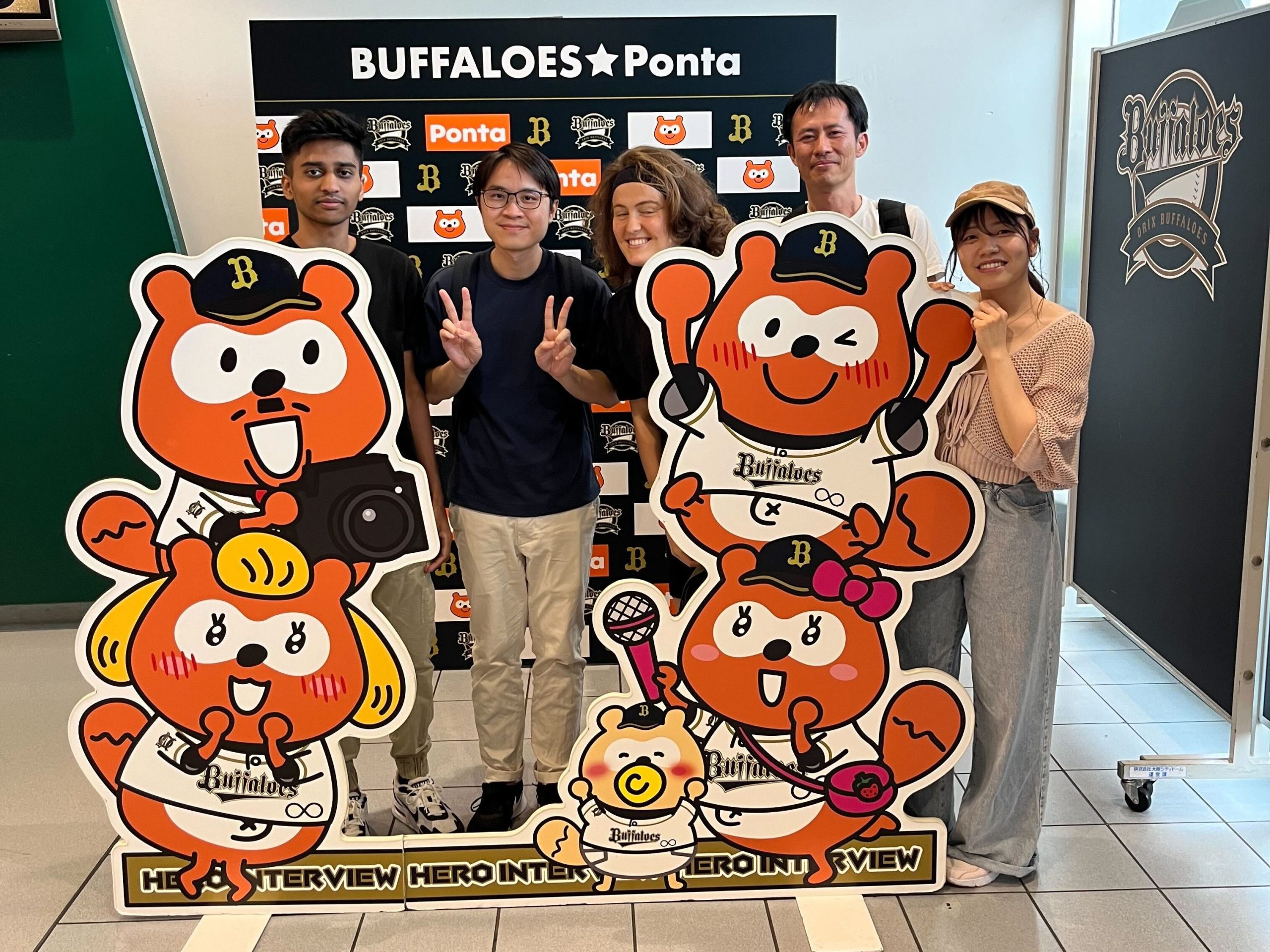
Q: Academic Atmosphere: What is the general atmosphere like in your graduate classes and seminars? Do you feel there is a good balance between discussion and lecture?
Vivian: Yes, there is a good balance between discussion and lecture. After each lecture, we have a Q&A session. Most of my courses are in collaboration with other universities (over video call), so there is always a wide variety of questions asked from students working in different fields, which leads to a very interesting and informative discussion.
Q: Campus Interaction: How is your interaction with Japanese students and other international students on campus and within your lab?
Vivian: Good, everyone is very friendly and helpful. My lab is relatively diverse with a good mix of Japanese and international students, and they helped me settle into life in Kyoto. Most people on campus speak English, so there is no communication problem.

Q: Daily Life & Culture: What are your impressions of living in Kyoto? What makes the city a good place to live as a student, especially regarding convenience, cost of living, or food?
Vivian: Kyoto is a beautiful city. It is very peaceful, and not very crowded (unless you go to the popular tourist spots). I live in an apartment around 1.5 km away from campus, and there are a lot of konbinis (convenience stores), restaurants, and grocery stores within walking distance. The cost of living is high compared to India, but my stipend is enough to cover living costs (rent, food etc.). I don’t have any dietary restrictions, but I’ve heard that is it difficult (but not impossible) for vegetarians to find food.

Part 4: Future Goals and Advice
Q: What are your professional goals after completing your Master’s degree?
Vivian: I want to pursue a PhD and continue to do research in virology (or other related fields such as vaccine development).

Q: What advice would you give to prospective students in India or Australia who are considering applying for the KU-STAR Program as a potential pathway to graduate studies at Kyoto University?
Vivian: The KU-STAR program is an excellent opportunity for anyone considering Kyoto University for their graduate studies, as it offers a firsthand experience of living in Kyoto and conducting research at KU. In addition to doing cutting-edge research, you get the chance to explore one of the most culturally rich nations in the world. If you choose to return to Kyoto University for graduate studies, you will be eligible to apply for a dedicated scholarship, ensuring that funding will not be a concern upon successful selection.

For more details, please visit each KU-STAR Program page below.
Video Clips
-

2025.11.13 Poster Presentation and Research Exchange by DoGS Fellows Held in AY2025.
Poster Presentations -

2025.10.22 Inspired by Research Internship: How KU-STAR Led Vivian to a Master’s Program at Kyoto University
India internship KU-STAR Kyoto University research -
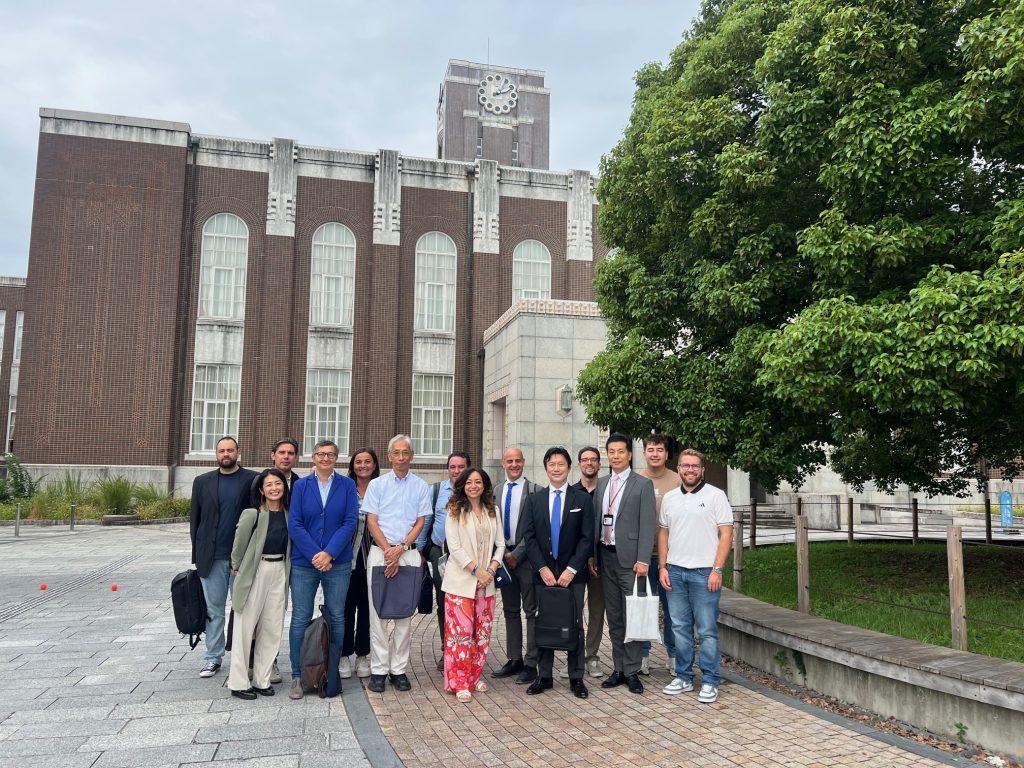
2025.10.1 Clust-ER Innovate Delegation from Italy Visits Kyoto University for Exchange on Lifelong Learning (September 24, 2025)
Career Italy reccurent -

2025.09.29 【KU-STAR Program for India 2025】Fujitsu Company Information Session Held
India internship KU-STAR Kyoto University research -

2025.07.31 【KU-STAR Program for India 2025】 Suzuki Motor Corporation Information Session Held
India internship KU-STAR Kyoto University -
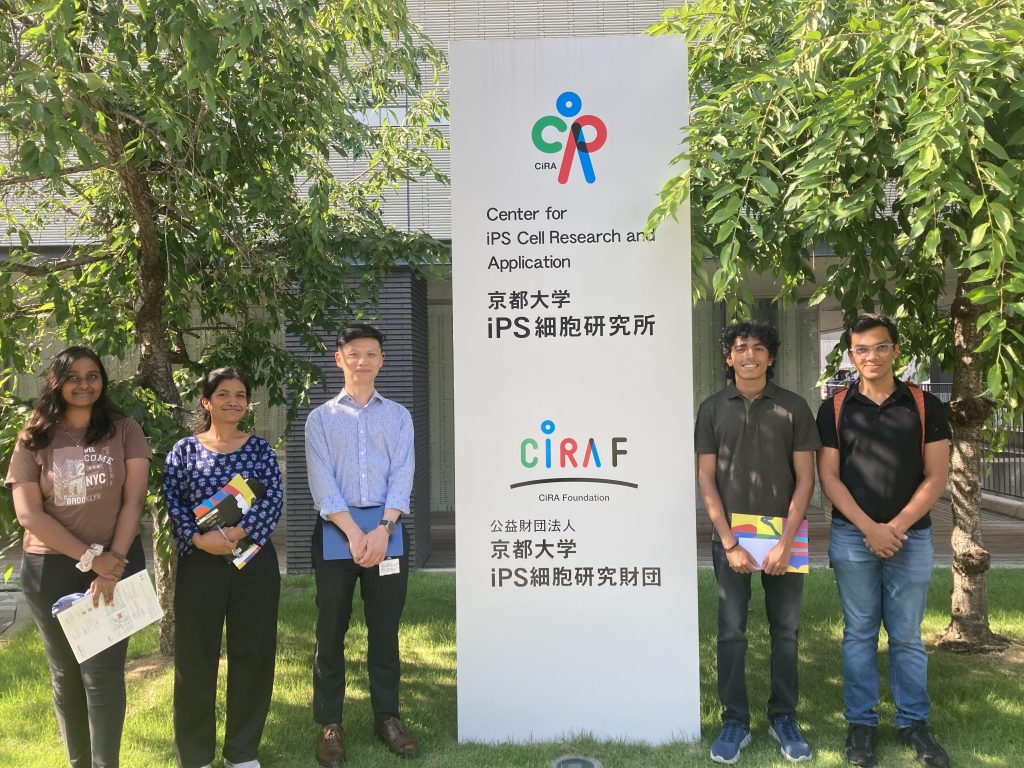
2025.07.30 【KU-STAR Program for India 2025】A Glimpse into Cutting-Edge Research at CiRA (Center for iPS Cell Research and Application)
India internship KU-STAR Kyoto University research -
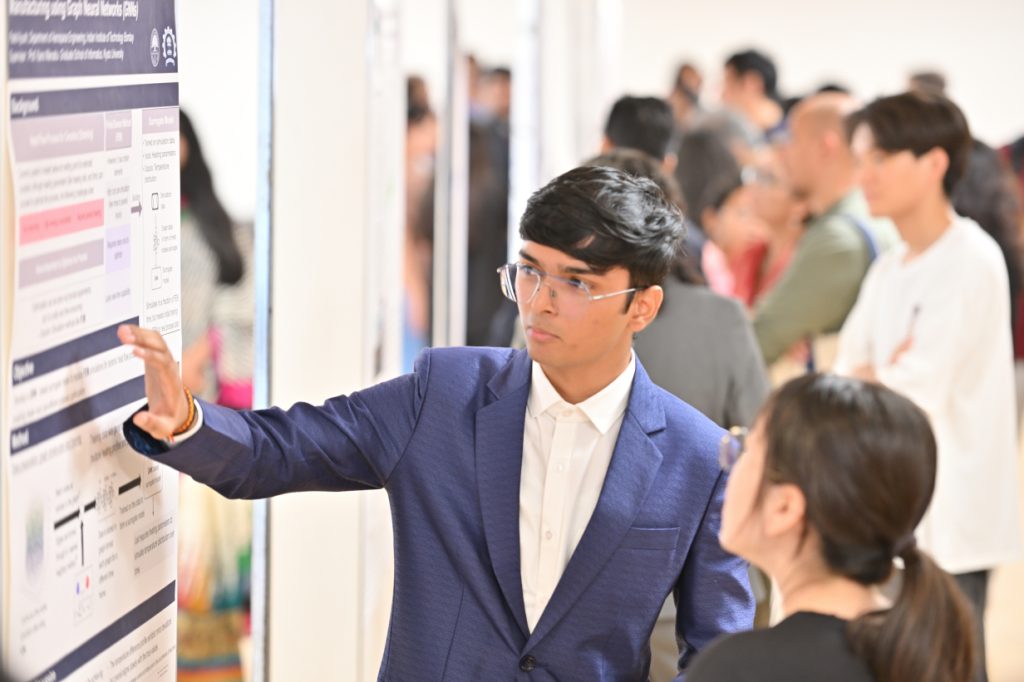
2025.07.29 【KU-STAR Program for India 2025】 Celebrating a Successful Final Presentation Session
India internship Kyoto University research -
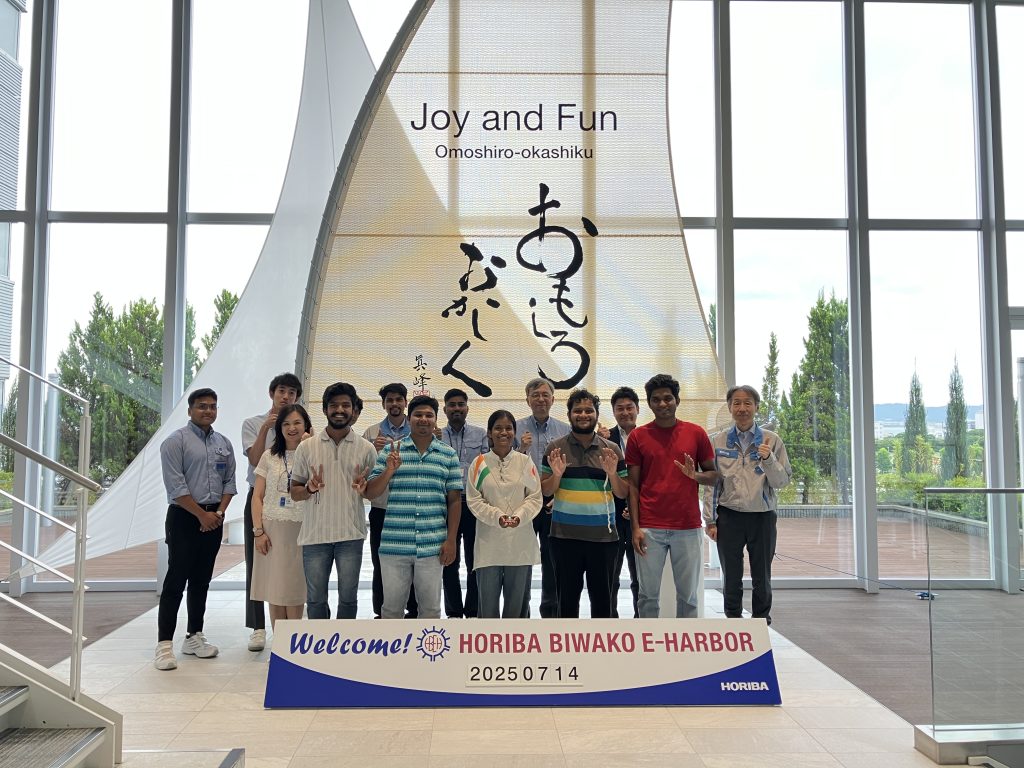
2025.07.24 [KU-STAR Program for India 2025] Visit to HORIBA Ltd.
India internship KU-STAR Kyoto University research -
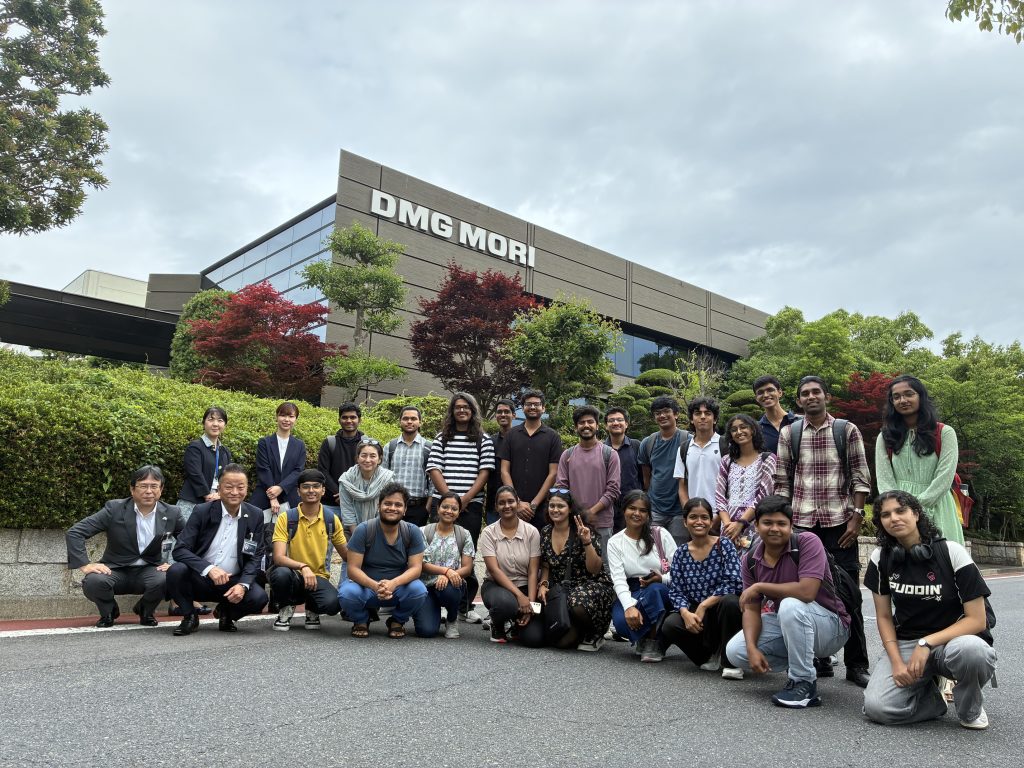
2025.07.17 【KU-STAR Program for India 2025】 Experiencing Cutting-Edge Automation: DMG MORI CO., LTD. Visit
India internship KU-STAR Kyoto University -

2025.06.23 【KU-STAR Program for India 2025】Exploring World Heritage Site Nijo-jo Castle: A Glimpse into Japanese History and Culture
India internship KU-STAR Kyoto University Nijo-jo castle research -

2025.06.6 【KU-STAR Program for India 2025】Innovation in Action: KU-STAR Program Students Visit Samco Inc.
India internship KU-STAR Kyoto University research -

2025.06.5 KU-STAR Program for India 2025 participants visited Shimadzu Corporation
India internship KU-STAR Kyoto University research -
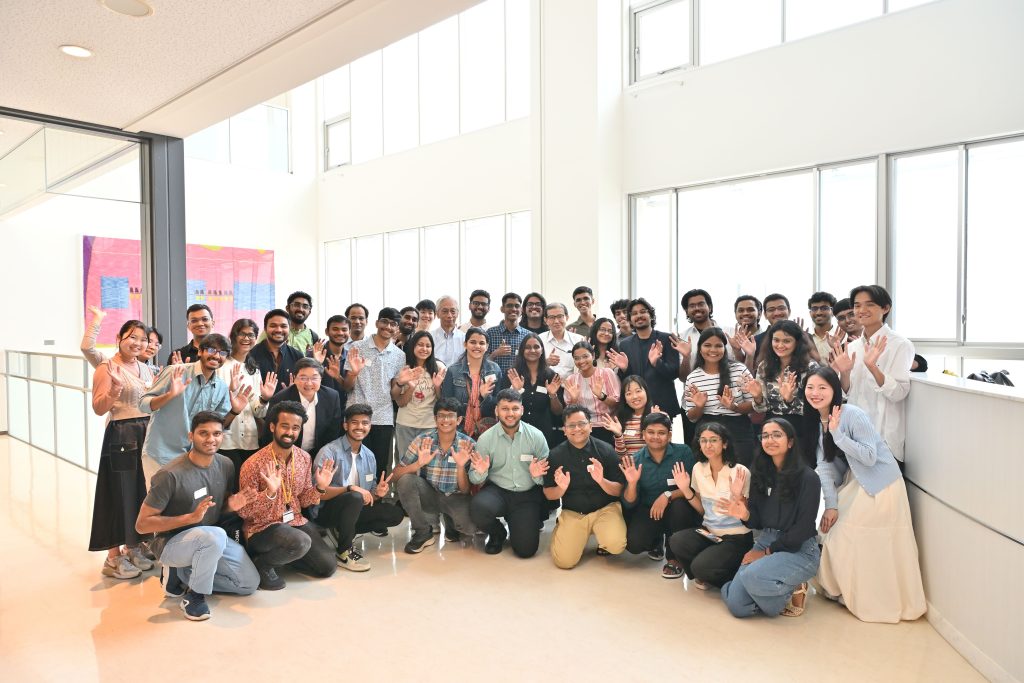
2025.05.30 KU-STAR Program for India 2025 Kicks Off!
India internship KU-STAR Kyoto University research -
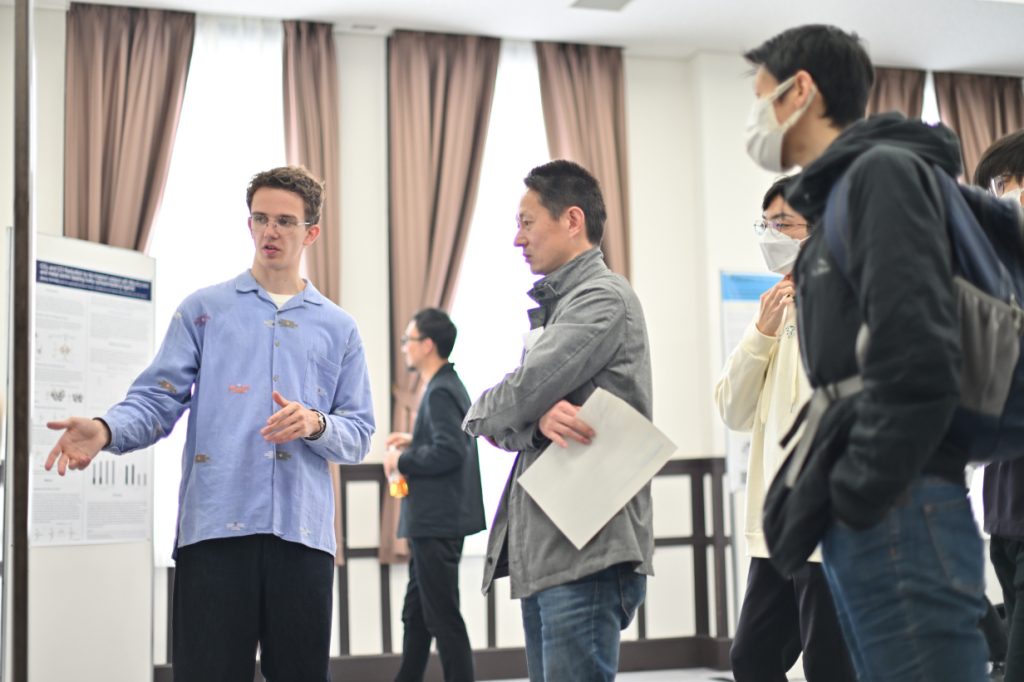
2025.03.19 KU-STAR Program for Australia 2025 concludes following final presentations
Australia internship KU-STAR Kyoto University -
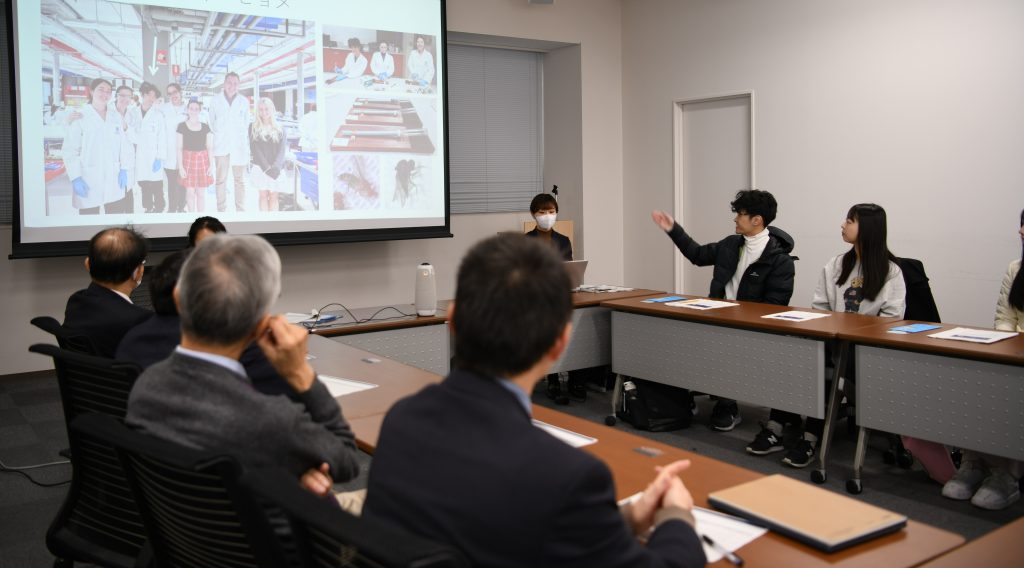
2025.03.18 Kyoto University Short-Term Academic Research (KU-STAR) Program for Australia begins with 4 students from the University of Melbourne
Australia internship KU-STAR Kyoto University オーストラリア 京都大学 -
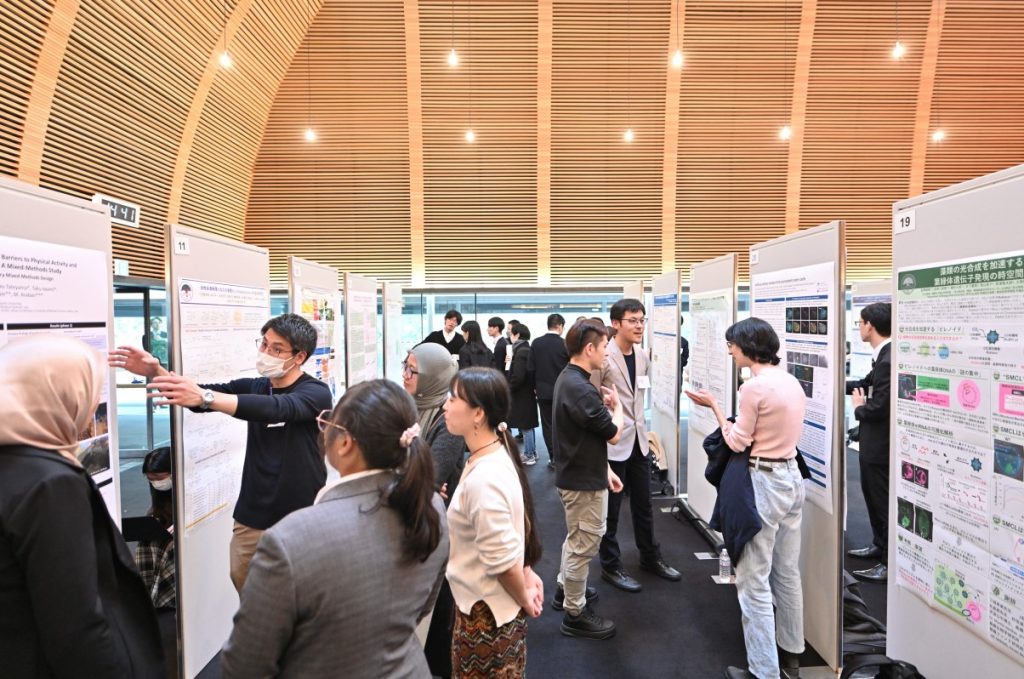
2024.12.16 “Poster Presentations and Research Exchanges by DoGS Fellows” took place in November again.
DoGS Fellows Kyoto University Poster Presentations -

2024.11.13 “Poster Presentations and Research Exchanges by DoGS Fellows” took place.
DoGS Fellows Kyoto University Poster Presentations -
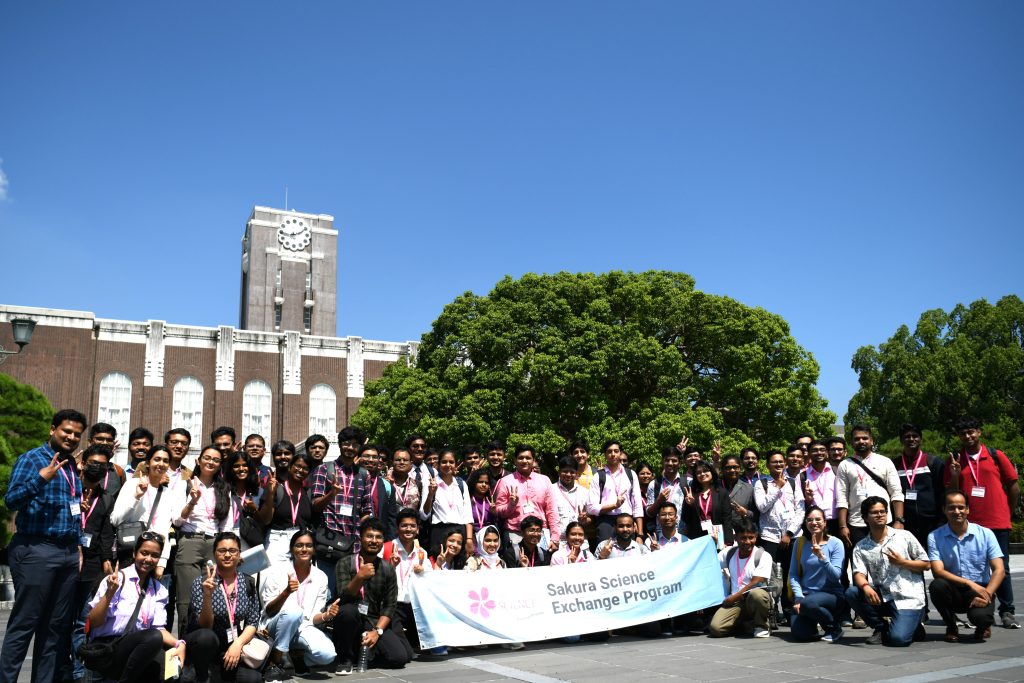
2024.09.27 Sakura Science Indian University Program students visit Kyoto University
India JST Kyoto University Visit -
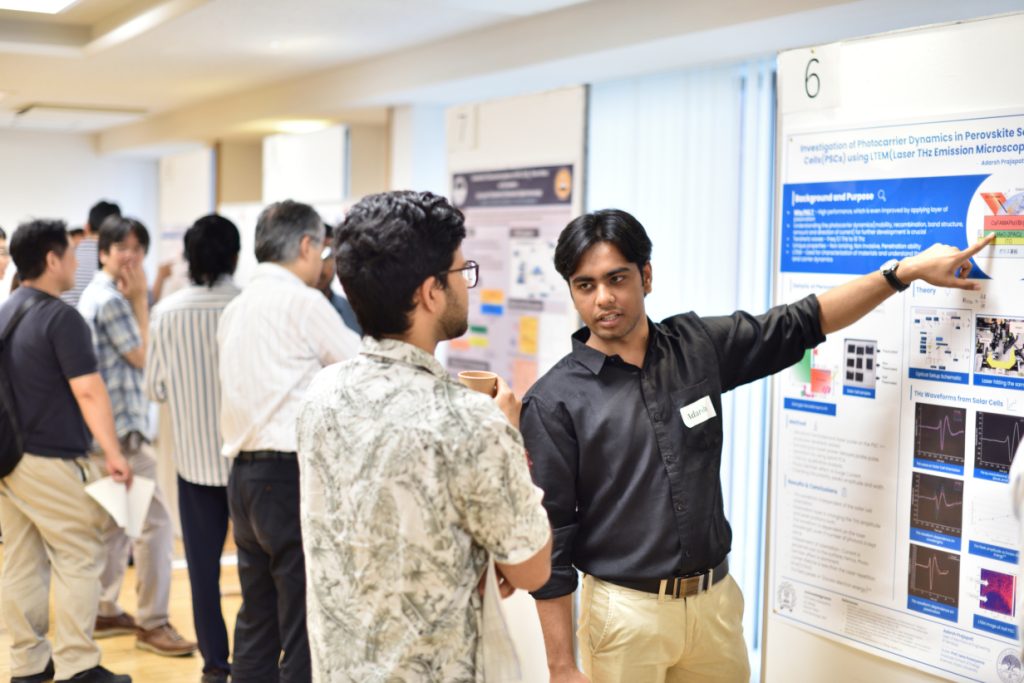
2024.08.7 KU-STAR Program concludes with final presentations
IIT internship KU-STAR Program Kyoto University research インド 大学院教育支援機構 -
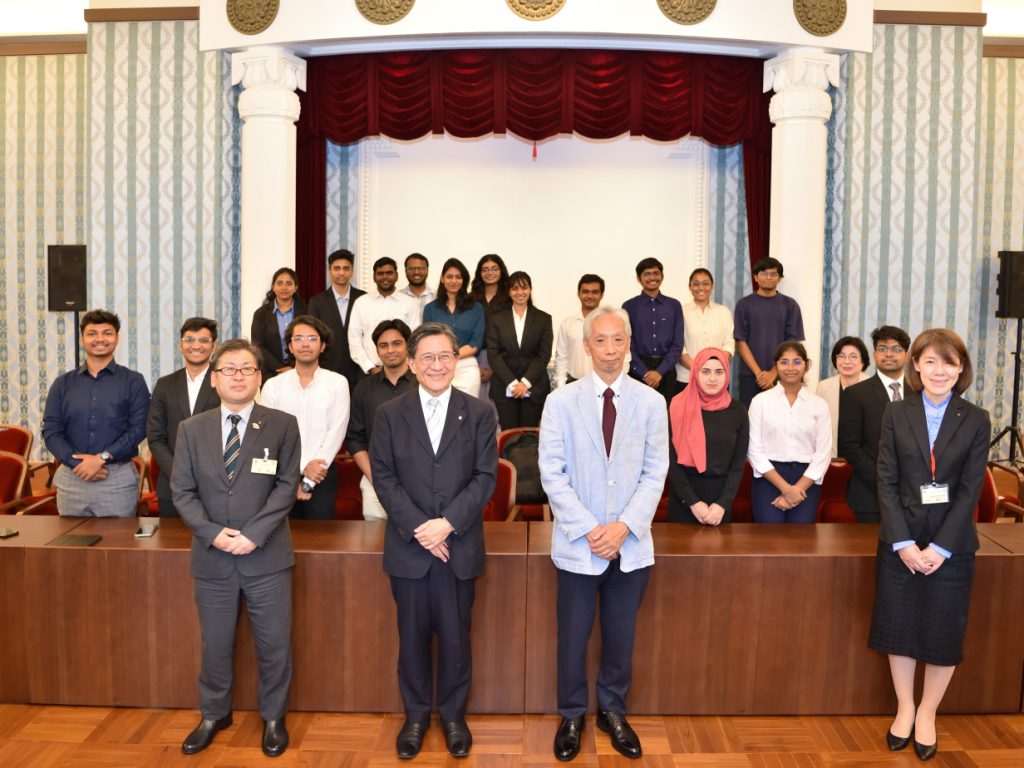
2024.07.9 【KU-STAR Program】KU-STAR Program students pay a courtesy call on Kyoto Mayor Koji Matsui
IIT India KU-STAR Program Kyoto University research インド 京都大学 大学院教育支援機構 -
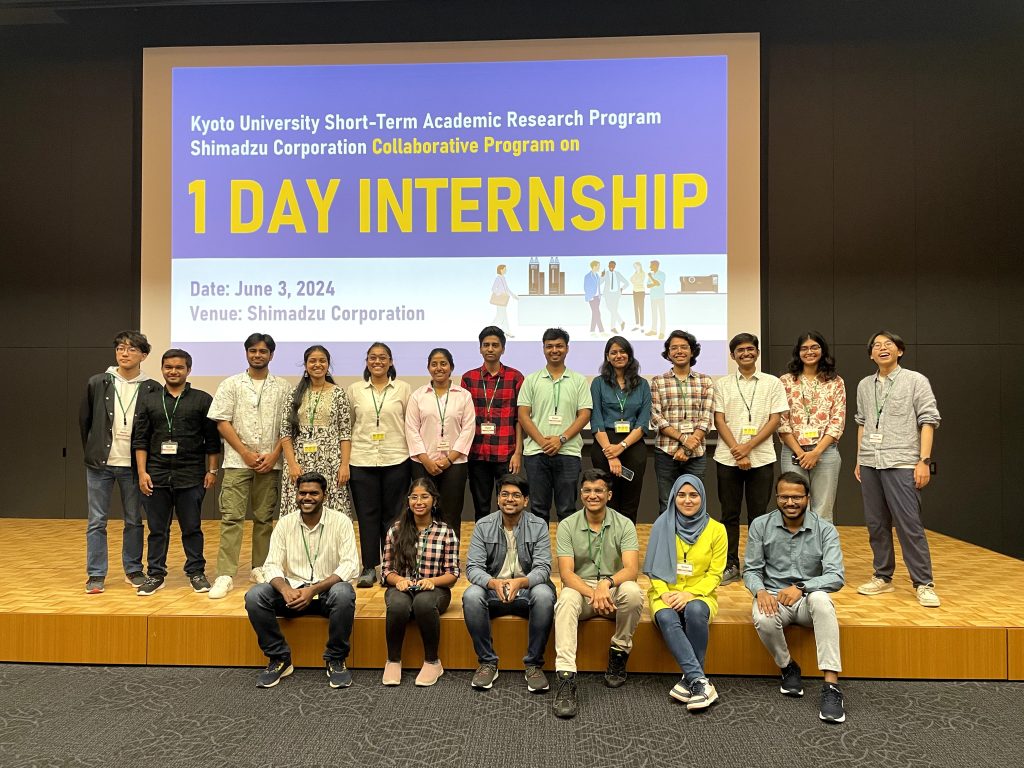
2024.06.25 KU-STAR Program participants from India visit Shimadzu Corporation
IIT internship Kyoto University research 京都大学 大学院教育支援機構 -
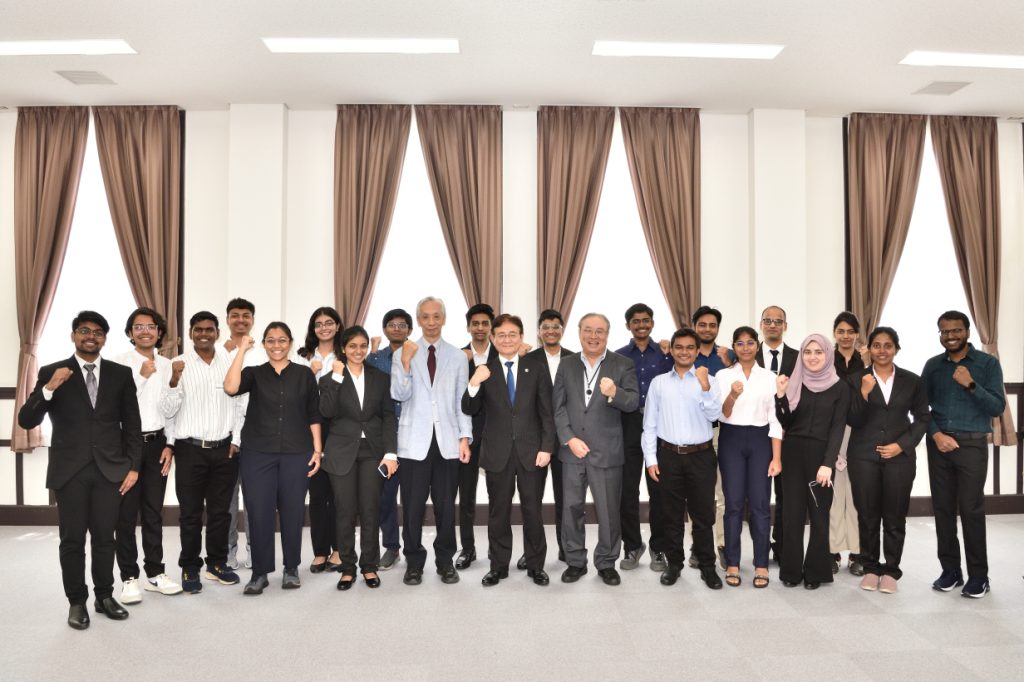
2024.06.13 Kyoto University Short-Term Academic Research (KU-STAR) Program commences with 18 students from India’s leading institutes
India internship KU-STAR Kyoto University research インターンシップ インド 京都大学 大学院教育支援機構 研究 -
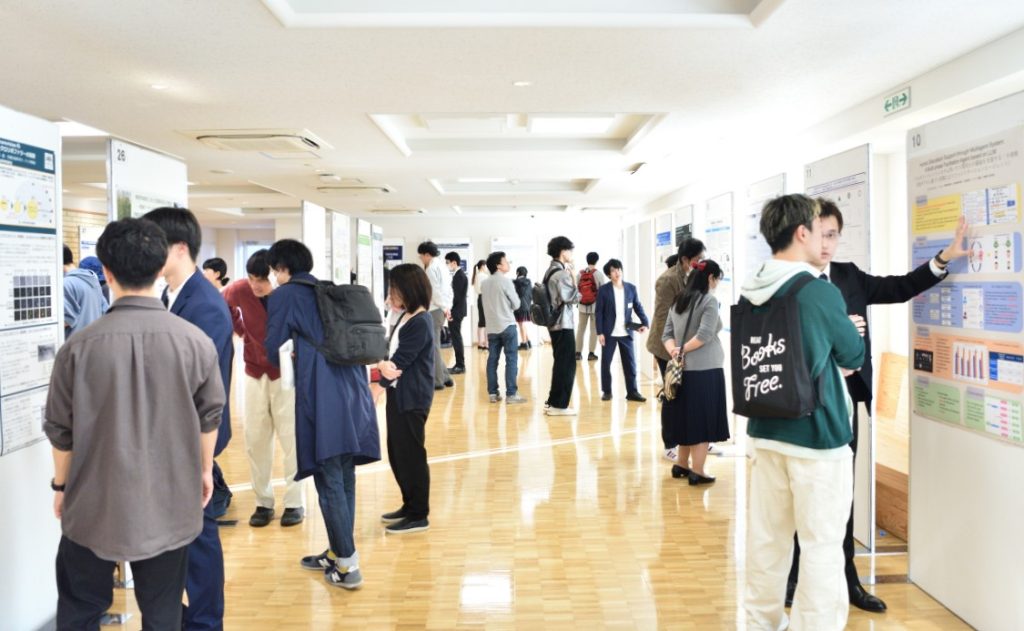
2023.11.10 “Poster presentations and research exchanges by SPRING Fellows and Fellowship recipients” took place on October 27th and November 1st.
-
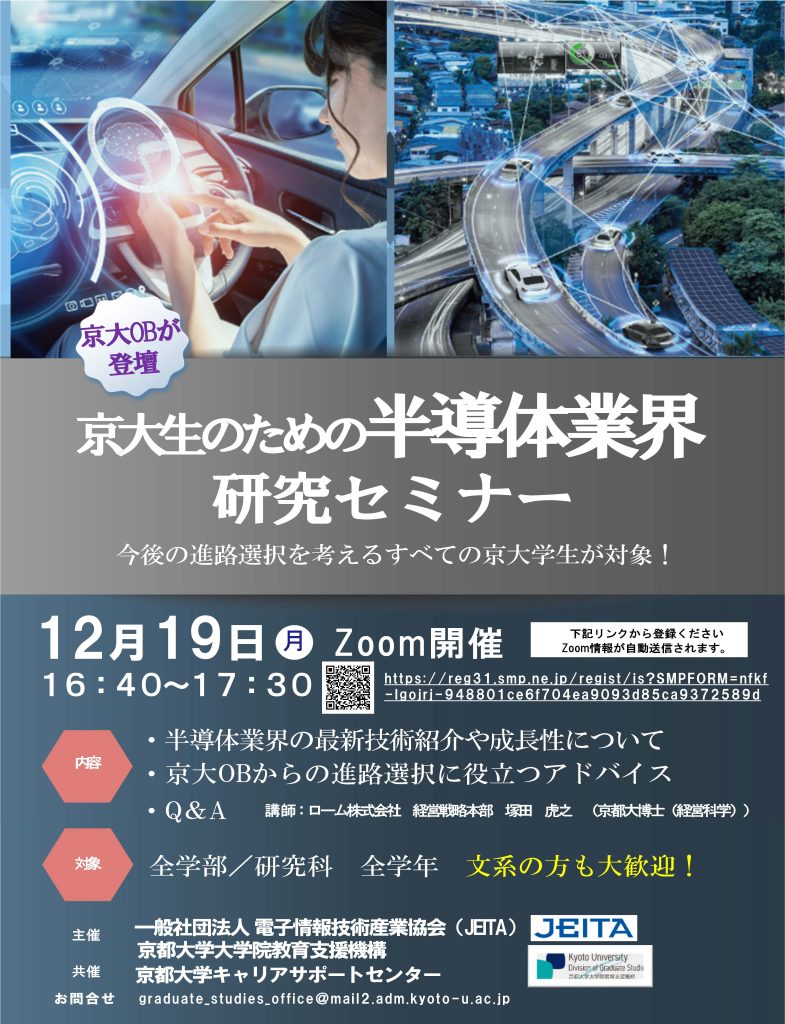
2023.02.28 “Seminar on the Semiconductor Industry for Kyoto U students” took place on December 19, 2022.
-

2022.12.9 “Poster presentations and research exchanges by SPRING Fellows and Fellowship recipients” took place on October 21st and 27th.






